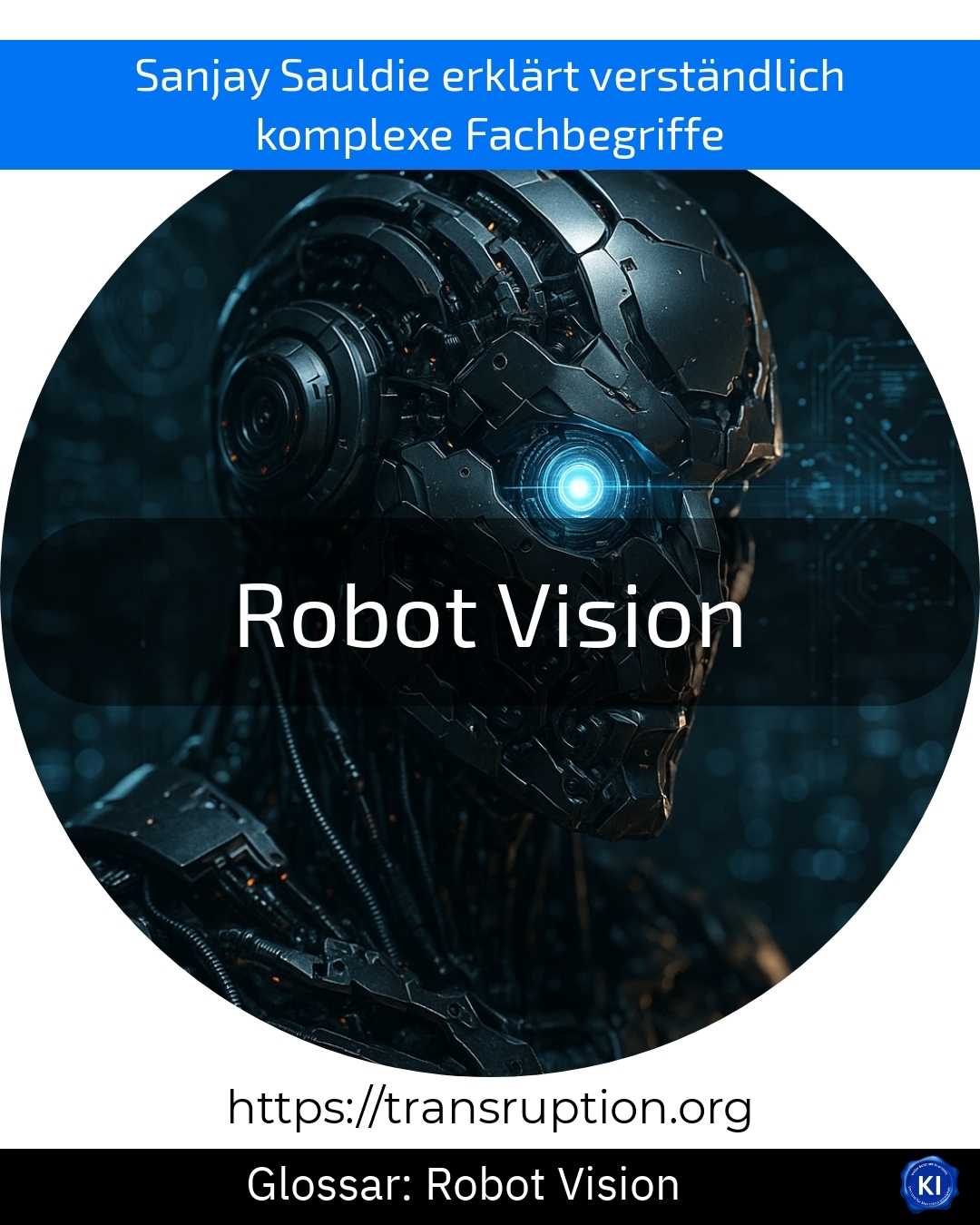Robot vision is an important term in the fields of artificial intelligence, automation and robots. It describes the ability of robots to "see" their surroundings with the help of cameras and sensors. This enables machines to recognise objects, determine their position and carry out appropriate actions.
Imagine a production line in a modern car factory: Here, robotic arms precisely grasp various individual parts and assemble them. This is made possible by Robot Vision. The cameras detect where each part is located and the software automatically recognises its shape and position. It works in a very similar way in quality control when robots sort out faulty products.
Robot vision is based on the processing of images. This gives the robots "eyes" that work far faster than a human could. Using artificial intelligence and specially developed algorithms, the camera data is converted directly into instructions for the robot.
In everyday life, we also encounter robot vision in autonomous hoovers, for example, which use cameras to recognise obstacles and plan detours. Robot vision thus helps to make processes more efficient and flexible and is a crucial building block for the automation of the future.















